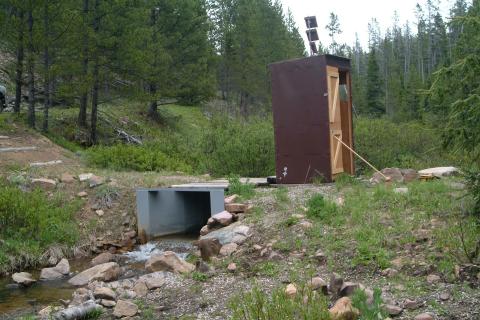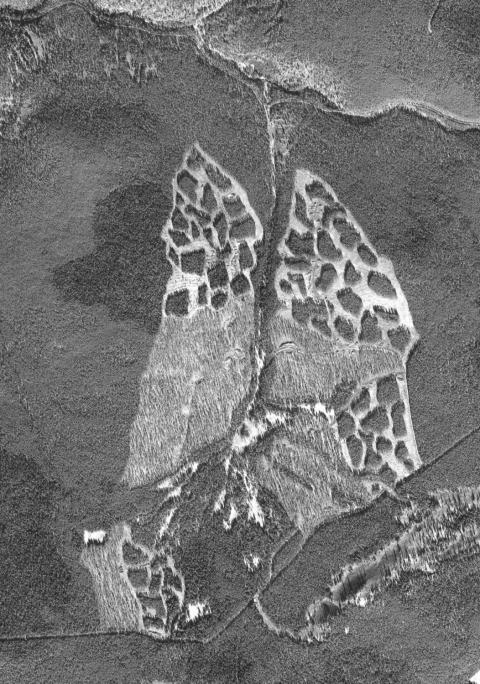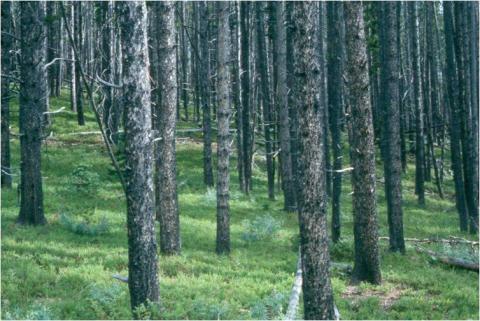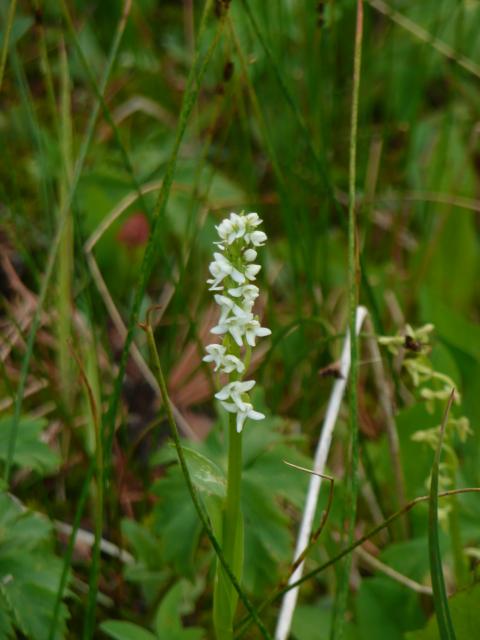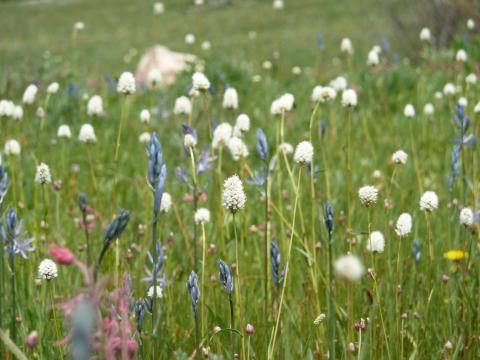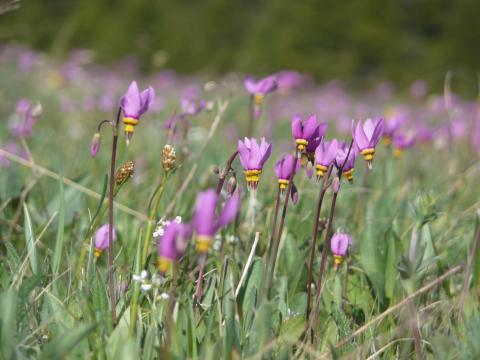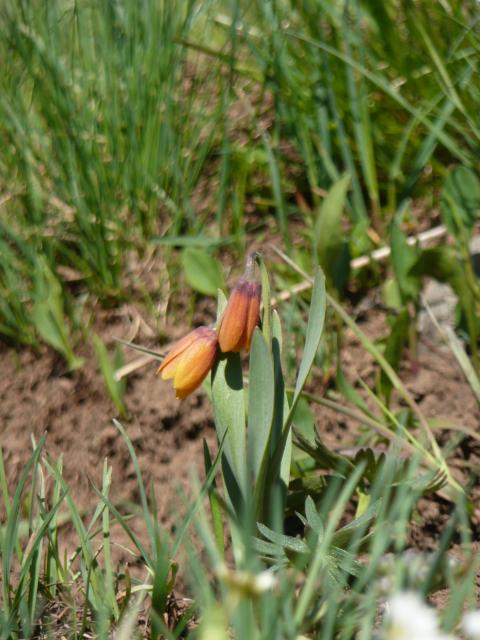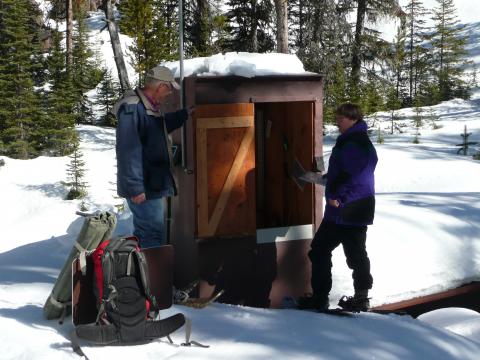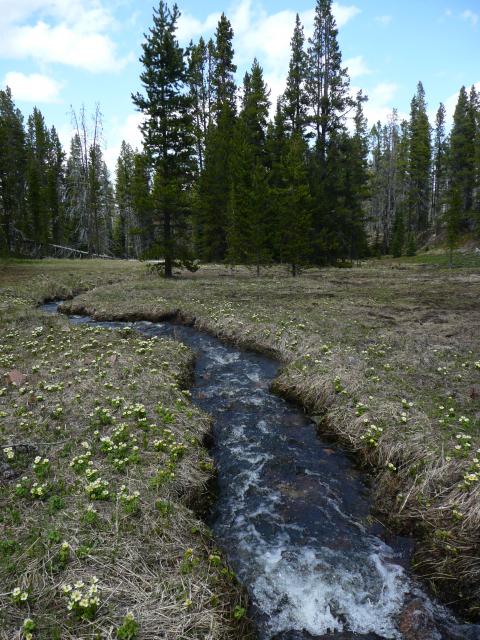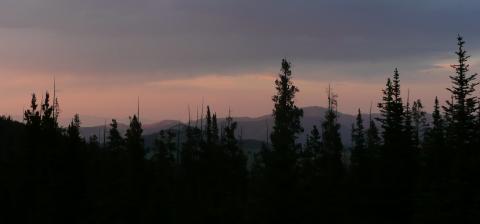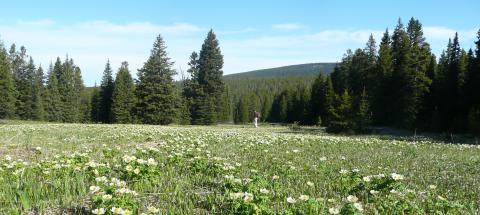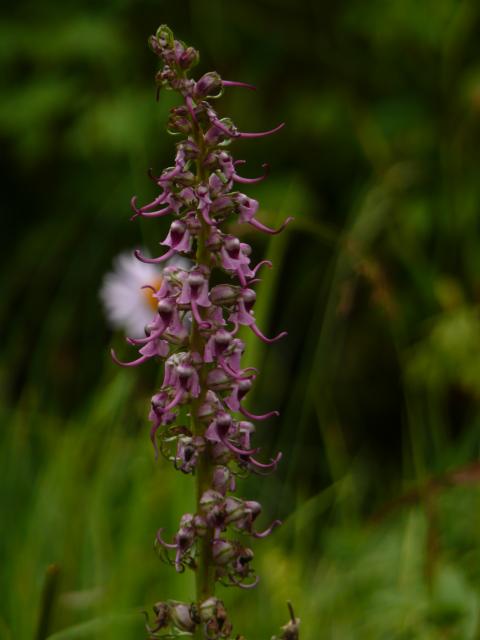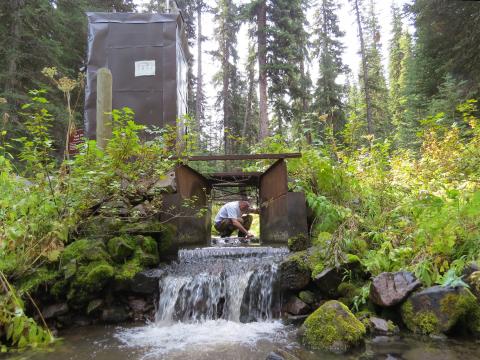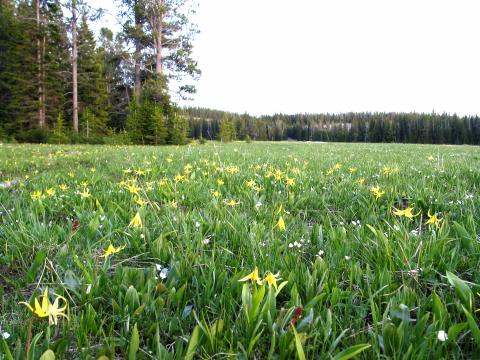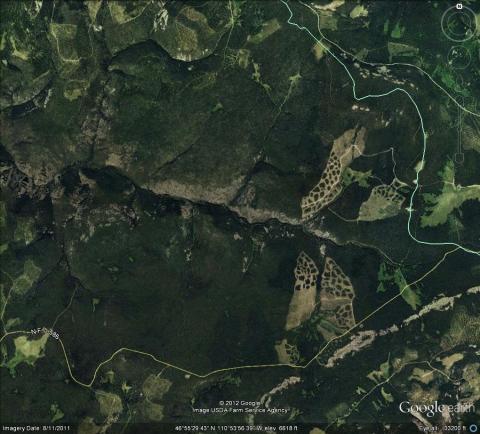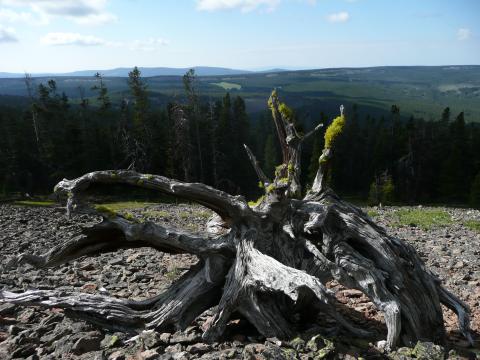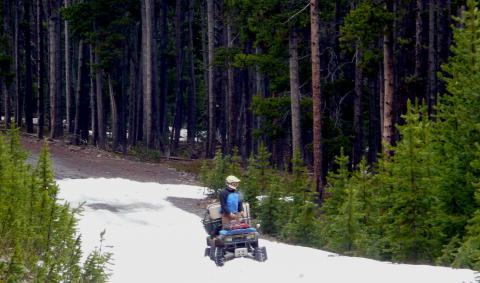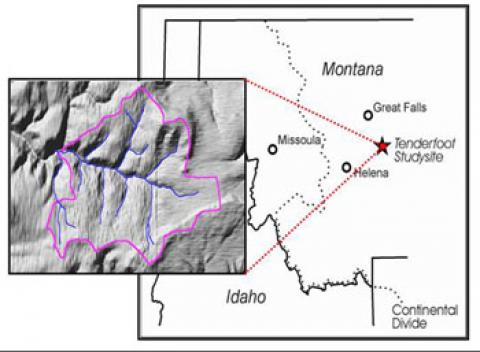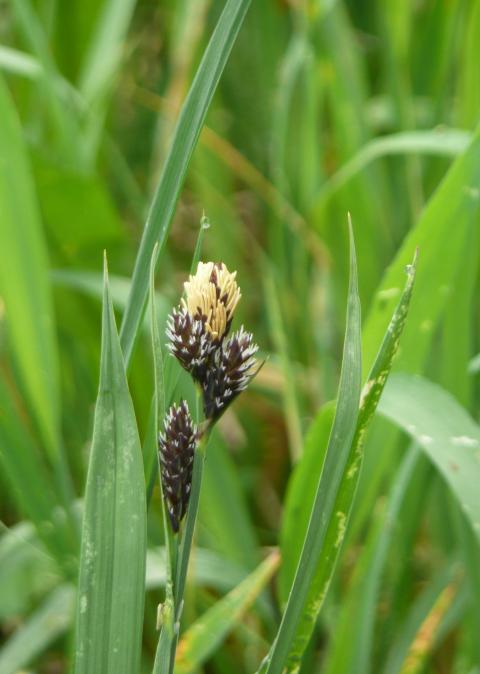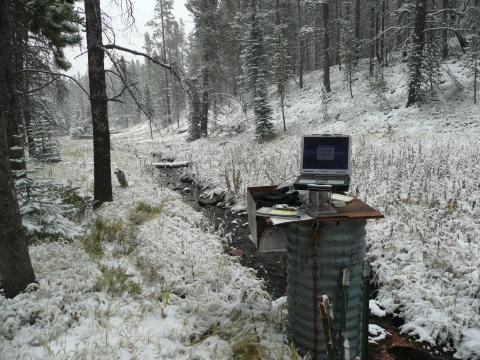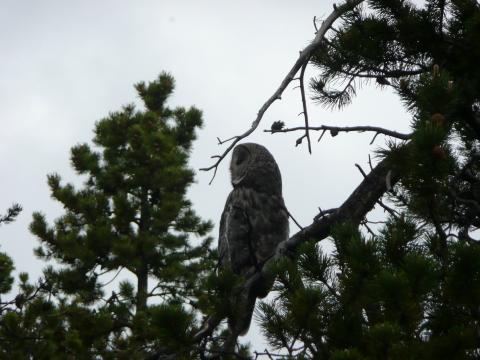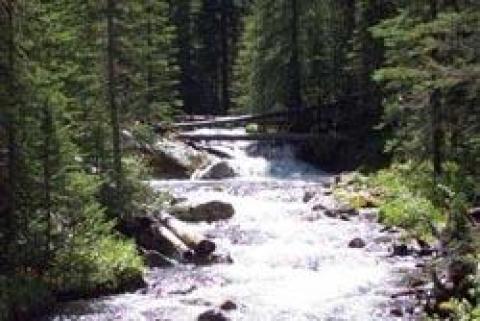For a more indepth overview, see our TCEF Story Map.
The Tenderfoot Creek Experimental Forest (TCEF) encompasses the headwaters of Tenderfoot Creek in the Little Belt mountains of central Montana.TCEF is uniquely suited to study lodgepole pine ecology and forest hydrology.
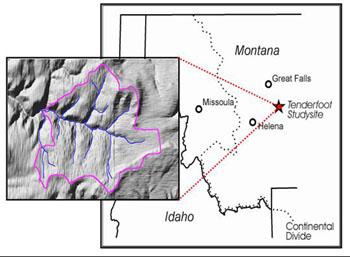
The Tenderfoot Creek Experimental Forest is managed by the USDA Rocky Mountain Research Station Fire, Fuel, and Smoke Science Program. TCEF was originally established in 1961 as a hydrologic research forest in representative lodgepole pine forests east of the continental divide. Baseline data such as timber inventory, soil information, fuel analysis and ecological habitat type descriptions were conducted prior to the late 1980’s.
Research was expanded in the late 1980’s to include fire history, fisheries, vegetation composition, animal communities and other physical and biological factors as they relate to landscape-level management.
Between 1999 and 2003, multiple fire and silvicultural treatments were implemented at TCEF to evaluate the effects of restoration techniques designed to manage fuel loading and create two-aged stand structures in lodgepole pine forests.
Long term hydrologic data collection began in 1992 and consists of stream flow, fluvial sediment transport, annual precipitation, snow pack, and water quality recorded at several sub-watersheds and on the main stem of the Tenderfoot Creek within the experimental forest.
Long-term hydrologic data coupled with extensive stand surveys make the Tenderfoot Creek Experimental Forest a valuable resource for researchers interested in lodgepole pine ecology and forest hydrology.
Fire, Fuel, and Smoke Science Program projects on the Tenderfoot include:
Extensive information and details are available on the main Tenderfoot Creek Experimental Forest web site.
